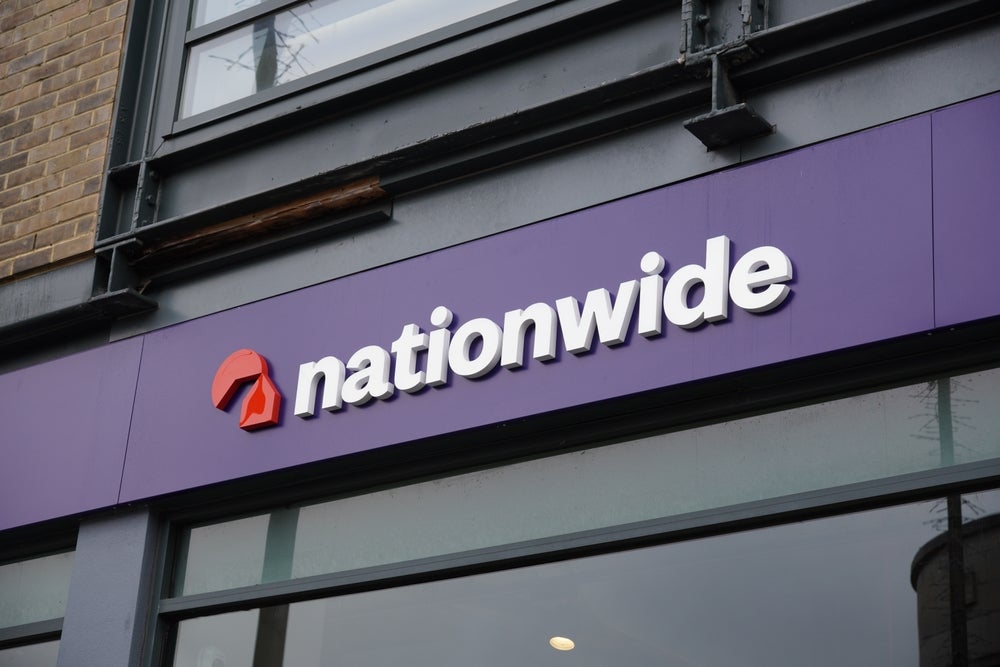Prepaid giant Green Dot is all set to transform itself
into a fully-fledged bank following its acquisition of Bonneville
Bank. Plans are already advanced for it to roll out its first
checking account and debit card as Green Dot ramps up its challenge
to traditional main street banks. Charles Davis
reports.
With a federal bank charter in its arsenal, prepaid giant Green
Dot Corporation is readying its entry into the broader world of
retail financial services.
Last year ended with the somewhat
surprising approval by the Federal Reserve Board of the $15.7m
purchase by Green Dot of Bonneville Bancorp, the holding company
for Utah’s Bonneville Bank.
The approval cleared the way for
11-year-old Green Dot to become a bank holding company, allowing it
to collect deposits that will be insured by the Federal Deposit
Insurance Corp.
With the Bonneville deal completed,
Green Dot is turning its attention to a major push into the broader
world of retail banking, beginning with an eye-opening launch later
this year of a bank account with a traditional debit card product
attached to it.
How well do you really know your competitors?
Access the most comprehensive Company Profiles on the market, powered by GlobalData. Save hours of research. Gain competitive edge.

Thank you!
Your download email will arrive shortly
Not ready to buy yet? Download a free sample
We are confident about the unique quality of our Company Profiles. However, we want you to make the most beneficial decision for your business, so we offer a free sample that you can download by submitting the below form
By GlobalData
Momentous
shift
The move is a momentous shift for
Green Dot, signalling its intention to move beyond its successful
prepaid base to pose a real challenge to its new banking
competitors.
With a bank in place to hold demand
deposit accounts and the recent addition of an in-house processing
unit in eCommLink, which will enable a gradual move from outsourced
processing, Green Dot has all the pieces in place to emerge as a
viable retail banking competitor.
Green Dot’s prepaid retailer
partners typically charge up to $4.95 to sell the card, and Green
Dot charges a $5.95 monthly fee that is waived if the user loads
$1,000 or makes at least 30 purchases a month. The card can be
ordered for free online at Green Dot’s website.
It is a ready-made on ramp for the
very sorts of consumers Green Dot can attract: consumers who have
been managing without a bank relationship but who rely heavily on
prepaid cards.
Calling the Fed’s consent
“momentous”, JP Morgan Securities analyst Tien-tsin Huang echoed a
chorus of observers praising the deal. Huang said that the bank
charter means that Green Dot “could disrupt the payment and banking
space as we know it”.
“Becoming a bank [will] yield Green
Dot more freedom to offer bank products without the stigma or high
operating [costs] of a traditional bank,” said Tien-tsin Huang.
“This puts Green Dot in the
enviable position of not only empowering the underserved, but any
consumer seeking low-cost transactional banking services
nationwide.”
With 30m underbanked and unbanked
households in the United States, Green Dot has a massive pool of
potential bank customers, many of whom have been using its prepaid
products for years now and could see this as a gateway to deposit
accounts for the first time, or for the first time in recent
history.
And with 55,000 retail locations,
it already has a sales platform that dwarfs the combined 19,000
branch offices of the top 10 US banks.
Over the next few months, the job
of issuing prepaid cards will be moved to Bonneville Bank, with the
notable exception of its Walmart-branded cards, which will continue
to be issued through GE Money Bank.
Before it adds a single demand
deposit customer, Bonneville’s vaults will swell from Green Dot’s
prepaid traffic. With 4.5m customers, Green Dot is already the
nation’s largest provider of prepaid cards.
Active cards grew to $4.2m as of 31
December 2011 representing year-over-year growth of 24%. In 2010,
consumers loaded $41bn onto prepaid cards, up from $29bn in 2009
and $19bn in 2008, according to Mercator Advisory Group, so Green
Dot accounts for a sizable slice of the overall market.
In a recent conference call with
analysts and reporters, Green Dot CEO Stephen Streit hinted
strongly at things to come.
“We have been working for quite a
bit about a year behind the scenes on a product that we think will
be pretty cool that will not be a prepaid product that all that we
think will have tremendous adoption and acceptance from customers,”
said Streit.
“And that will be part of our new
bank and so, as soon as we can roll that out and make sure it is
working great and looking great, we will share it with all of our
investors and the public.
“There is a number of product
initiatives that have kind of been put on hold or were put on hold
until approval of the bank.
“Now, with the approval of the
bank, we have been able to meet with our regulators and discuss
some plans and move a little bit more quickly in terms of our new
product rollout initiatives.”
Meanwhile, the new prepaid
offerings just keep on coming: the issuer is working with the
American Association of Retired Persons (AARP) on the first prepaid
card tailored to older Americans.
The AARP Foundation Prepaid
MasterCard is being marketed as an ideal way for seniors to handle
direct deposit of federal benefit payments, especially given new
Federal requirements that all Social Security recipients obtain
payments electronically as of 1 March, 2013.
Free purchase
offer
The card carries an introductory
free purchase offer and the $5.95 monthly fee can be waived each
billing cycle when at least $250 is direct deposited, or at least
$1,000 is loaded, or at least 30 qualifying purchases are
posted.
Cardholders also have the option of
a linked savings account that allows the transfer of funds directly
from the card.
“Nearly 20m people age 50+ do not
have adequate financial resources. Lack of access to well-designed
money management and savings vehicles can keep older underbanked
consumers from accumulating sufficient savings and retirement
funds,” said AARP Foundation president Jo Ann Jenkins.
On the conference call, Streit
capped Green Dot’s meteoric rise.
“We don’t want to be over
exuberant,” he said. “We don’t want to be overly cautious. And
we’re trying to strike a balance: 2011 was our first full year as a
public company.
“We thought it was a year where we
delivered quite a lot of our promise from the IPO road show to our
investors and anyone who invested long, and lot of our investors
are long investors.
“That we did what we told them we would do.”





